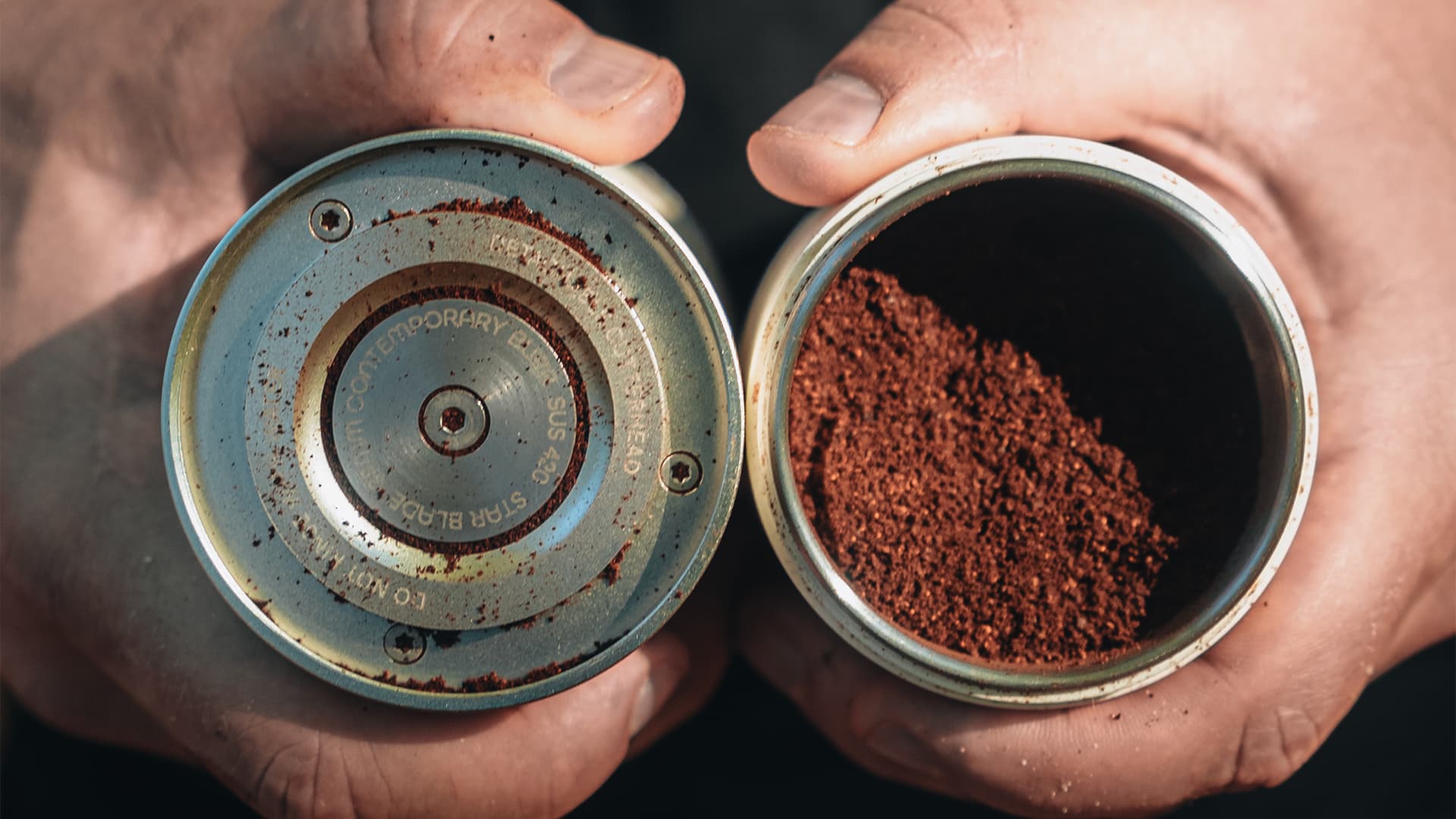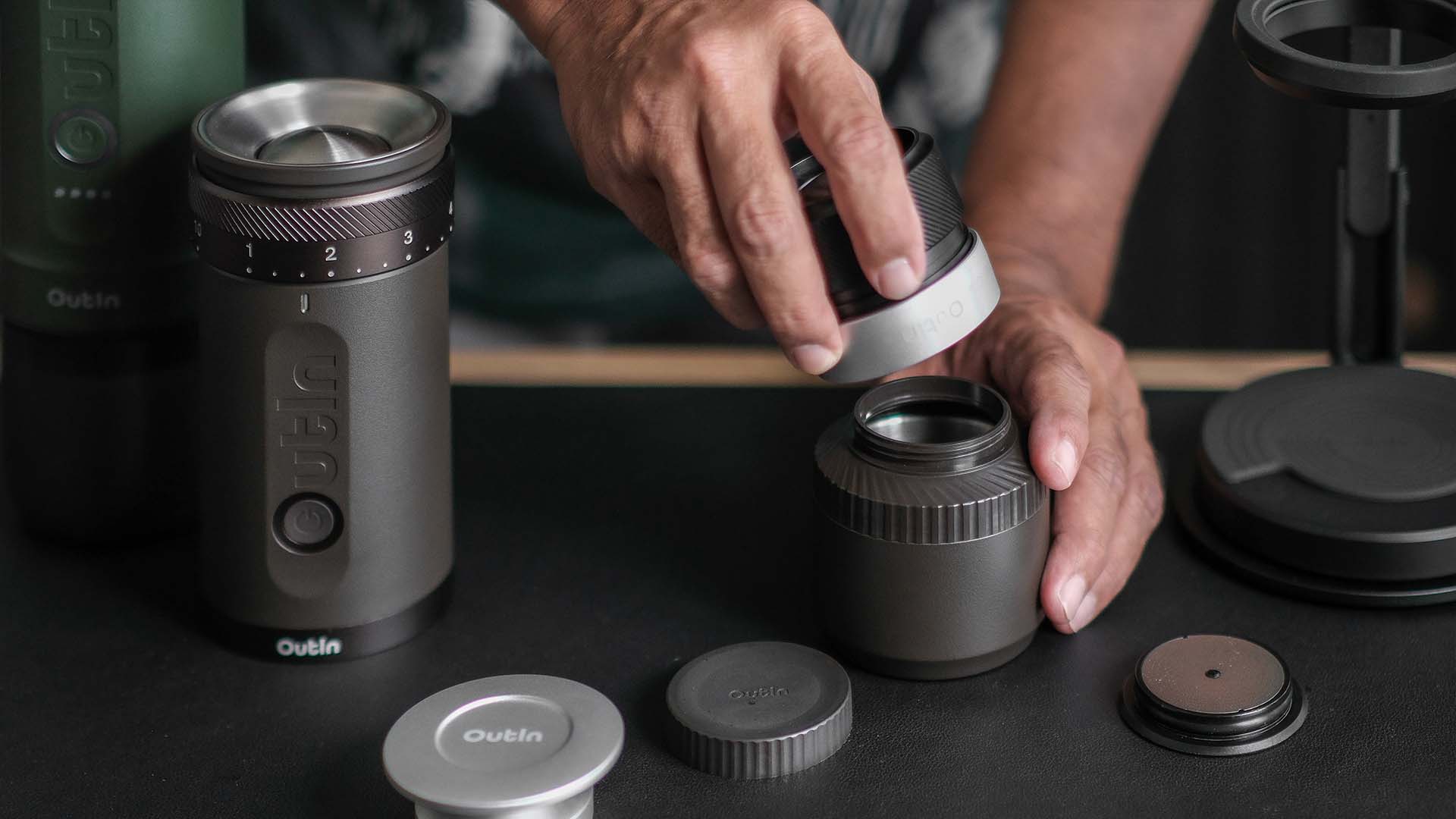Picture the crisp morning air, a roaring campfire, and the aroma of coffee. For outdoor enthusiasts, this is a great way to start a fun-filled day. Cowboy coffee is more than a way to brew a cup of coffee. It is an old-fashioned tradition and a simple means of acquiring your caffeine when you are in the great outdoors without relying on today's advanced equipment. Through this guide, you are going to learn everything you must understand in order to perfect this old-school outdoor skill. You are going to learn how to produce a robust and tasting cup every single time.

What Exactly Is Cowboy Coffee?
This is a very simple method of preparing cowboy coffee. You place your coffee grounds in a receptacle with hot water. You leave them there, and then you wait until the grounds sink to the bottom before serving. You are not filtering, you are not pressing, you are not using some high-tech machine. That is the old-fashioned cowboy method of preparing the coffee out in the woods.
This is very different from today's like drip coffee or espresso. Those use a special machine to keep the grounds out of the coffee. Cowboy coffee is very straightforward. It only needs three things: heat, water, and coffee. It yields a very strong, bold brew and in some cases a bit gritty. It's an important aspect of the American West's past and is a favorite of campers and backpackers today.
Why Choose Cowboy Coffee? The Pros and Cons
To see if cowboy coffee is good for you, you have to tip the scales on both sides. For many people, the benefits are far greater than the disadvantages, but you have to know what to expect.
Pros:
- Very Little Gear: You only need to use a pot to boil water. It's a very good alternative for ultralight hiking or whenever you need to carry a minimum. It's no-frills in the aspect that you have no breakable glass components and no filters you have to dispose of.
- Simple to Prepare: The procedure is basic and difficult to botch when you learn the fundamentals. You don't have to use power or measure precisely in order to produce a quality cup.
- Works for any Group Size: You can make one cup or a large pot for a party with the same method. You simply adjust the quantity of water and coffee you are using.
- Full-bodied, Rich Flavor: Grounds are completely submerged in water. It gives the coffee a deep, bold flavor many desire.
Cons:
- Grounds in Your Cup: The biggest complaint is getting grounds in your coffee. You can use tricks to have fewer grounds, but it's hard to get rid of them all.
- Less Control: It's harder to control things like water temperature and how long it brews than with other methods like a pour-over. This can sometimes make the coffee bitter.
- Needs Coarse Grounds: This method is best with coarse grounds. If you only have fine grounds, you will probably get a bad cup of coffee with lots of grit.
Essential Gear: Simplicity is Key
One of the best things about cowboy coffee is that you don't need much to make it. You can leave special tools at home. Here is a list of the things you must have:
- A Pot: A strong metal coffee pot with a spout and lid is the old-style choice. But any metal camping pot will work. A spout helps you pour better.
- Something to Make Heat: This can be a campfire with a metal rack, a camp stove, or a small backpacking stove.
- Coffee Grounds: You must use medium or coarse grounds. Fine grounds will leave more grit at the bottom.
- Water: You need fresh, clean water to make good coffee.
- A Mug: A strong mug to drink from.

The Classic Cowboy Coffee Recipe: A Step-by-Step Guide
Making great cowboy coffee is a skill, and it is easy to start. Follow these steps for a good, strong cup. A good place to start is two tablespoons of ground coffee for every eight ounces (one cup) of water.
Heat the Water
Fill your pot with water and put it on the heat. Heat the water until it boils hard. Then, take it off the heat. This step is very important because adding coffee to boiling water will burn the grounds and make the coffee taste bitter.
Add the Coffee Grounds
Let the water cool for about a minute. It should be about 200°F (93°C). Then add your coffee grounds to the hot water. Stir it a little to make sure all the grounds get wet.
Let It Soak
Put the lid back on the pot and let the coffee soak for about four minutes. If you soak it for less time, the coffee will be weak. If you soak it for too long, it can get bitter. Four minutes is a good starting time, and you can change it depending on how you like it. Do not put the pot back on the heat.
Let the Grounds Sink
This is the most important step to keep grounds out of your cup. The classic trick is to add a little cold water (about a quarter cup) to the top of the coffee. The cold water helps the grounds go to the bottom of the pot.
Pour Carefully
Now, pour the coffee into your mug slowly. Try not to stir up the grounds at the bottom of the pot. Tilting the pot smoothly is important. Leave the last bit of coffee in the pot. This keeps the grounds out of your mug.
Mastering the Art: Tips for the Perfect Brew
To make a really great cup of cowboy coffee, you need to pay attention to a few things. These small changes will make your coffee much better.
Getting the Grind Right
The size of your coffee grounds is the most important thing. Use coarse grounds, like the grounds for a French press. Coarse grounds have less surface area, which stops the coffee from getting bitter. Also, the bigger, heavier grounds sink to the bottom of the pot much more easily, so you get a cleaner cup with fewer grounds.
Water-to-Coffee Ratio
The general rule is two tablespoons for every cup of water, but this is just a guide. You can try different amounts. If you like stronger coffee, add more grounds. If you like it weaker, use a little less. The great thing about this method is that you can change it easily. After a few trips, you'll know the right amount for you.
Temperature Control
The best water temperature to make coffee is between 195°F and 205°F (90°C to 96°C). Boiling water (212°F or 100°C) is too hot and will burn the coffee. Boil the water, then let it cool for a minute. This brings it to the right temperature. This short wait makes the coffee taste much better.

The Trick to a Grit-Free Cup: Settling the Grounds
No one wants to drink chunks of coffee grounds in cowboy coffee. The best and most popularроп Марк is to pour in cold water, but there are a few old tricks you can attempt.
The cold water works because it is heavy. The cold water goes down and pushes the floating grounds to the bottom. You can also gently tap the side of the pot with a spoon for about a minute. The shaking helps the grounds go down.
One old trick is to put crushed eggshells in the coffee grounds before you begin. Many believe the eggshells help the coffee grounds clump and sink more efficiently. It also decreases the acidity in your coffee.
More Than a Drink: Embracing the Outdoor Ritual
It's not just a cup of coffee, though. It brings you in contact with a simple past and the pleasure of getting out. It makes you go slow and focus on what you are doing. It has a name for being gritty, but through the use of the instructions in this guide, you can produce a smooth, strong, and savory cup with a bit of equipment. Next time you are in the presence of a campfire, give it a try. You'll have a great start to your day in the great outdoors.




Leave a comment
This site is protected by hCaptcha and the hCaptcha Privacy Policy and Terms of Service apply.